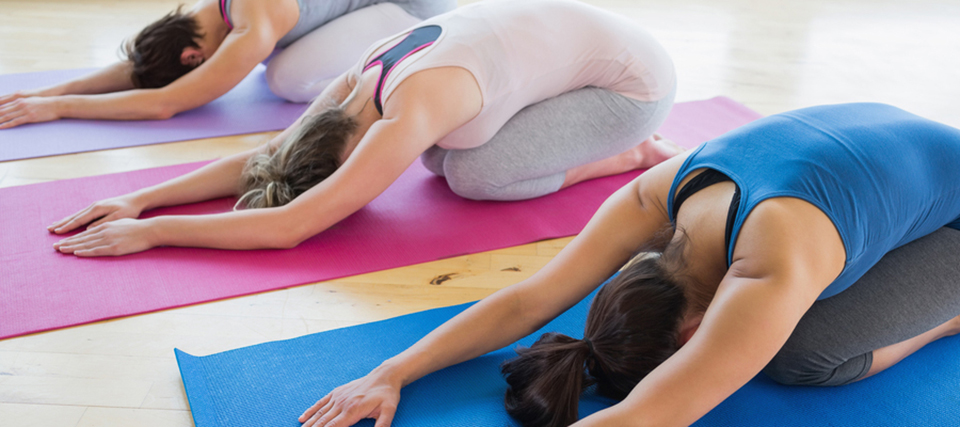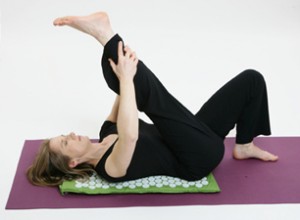
What is yoga?
With our lives being a little less ordinary at present, we might easily get caught up in anxieties regarding what’s ahead. Yoga offers us the potential to quieten those responses and open up a calmer line of self enquiry.
How do you structure your classes?
There are hundreds of poses and several thousand pose variations, so when the practice is a ninety minute yoga class, I choose to work with as many as I can across classes. I mix pace, but will always get students warmed up before we start to move deeper into poses. All ninety minute sessions include working with the breath building its capacity, concentration techniques, and a period of relaxation at the end so the body can take in the benefits of the physical aspects of the practice, while the mind has an opportunity to rest in awareness. If choosing to work a less physically based practice, one hour of mixed concentration and breathing techniques are used. Some movement will be included to encourage the body to relax, therefore forming an opening to focus on the mind.
What if I would like a more relaxation meditation based approach?
It is argued that the poses were a later addition to the practice of yoga in order for the body to become limber enough to sit undisturbed by one’s physicality for periods of time while in contemplation. We sit supported by chairs in the main, so it can be challenging to maintain bodily stillness when we sometimes may not have the strength or flexibility to sit for too long without support. I teach one hour meditation classes, however within that hour I will often add some movement in order to improve circulation and encourage any physical tension to be released. A pose can be an excellent meditation tool in itself. Meditation means to focus the mind on one thing, and in the West, often the poses are the first tool given to aid mental focusing.
Do you teach babies and children?
It is not my area of expertise, so I choose not too. I teach students from their late teens and upward.
Do you teach mothers-to-be?
Yes, I am trained to teach both pre and post-natal yoga.
How long is a class?
Ninety minutes for a more posture based practice, or sixty minutes for a relaxation meditation based class.
How much does yoga tuition cost?
This will depend on where you are. Call or email me and we can discuss what you have in mind.
I have some limitations, can I still practice yoga?
Whether you are old or young, flexible or inflexible, injury free or injured, poses can be explored until you feel your maximum potential within them. Yoga emphasises a guiding principle of care and respect for your body. Competing with your body will increase tension rather than relieve you of it, and this increase adds to the physical restrictions you may feel in a pose.
Do I need a yoga mat?
Yes, where possible, they can be very helpful with stability. If your practice is more relaxation and meditation based though, the use of a yoga mat is not so important. Let me know if you do not have a yoga mat, and I can bring spares along.
What do I wear?
Loose or fitted leggings are best, trousers with zips and pockets can be uncomfortable. Wear layers so you are warm or cool as needed. Socks and not tights. It is best to remove any jewellery.
Can I eat before a class?
It is best to allow a three to four hour gap between a class and a heavy meal, and two hours after a lighter meal. Students will often have a juice or eat a snack before a class.
About
Tracey’s understanding of human physical variation plays an important role in her teaching. Her education in anatomy and physiology, plus a week of intensive ‘Anatomy for Yoga’ training with Paul Grilley from the USA in 2006, means alignment features heavily when moving into a pose, and then how we may work with that pose.
We cannot eliminate all risks from physical exercise, however identifying the difference between compression and tension in practice is a large step towards it. When tension arises in the soft tissue we can modify, and overtime the body becomes more supple. However if we feel compression, then that has to be recognised as the limit of our range of movement; if we try to force through it, then we will injury ourselves. Compression and this limit is determined by the shape of our bones, exercise can influence their health and density, but will not appreciably affect their angles and proportions.

